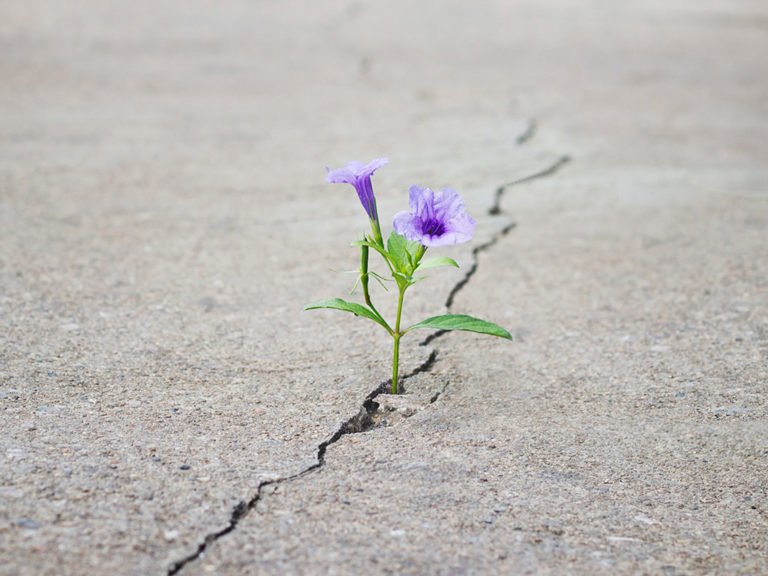In the spring of 1978, First Lady Betty Ford publicly announced her recovery from addiction to alcohol and other drugs. It was a stunning moment for those who had long worked to destigmatize addiction. For over 100 years, addicted women had been fighting to get treatment in silent shame.
Early Treatment For Addicted Women Cloaked In Lies
In the late 1800s, a woman seeking discrete treatment at the Keeley Institute in Dwight, Illinois, was often admitted under a false name. Even her physicians were unaware of her true identity. On the other hand, “Keeley Men” proudly strolled the city streets. They posed for pictures of their triumph over “King Alcohol.” Meanwhile, women were sequestered in the “Ladies Home.” They were isolated from male patients and exposure to local citizens. They never appeared in Keeley photographs.
In 1888, Dr. Lucy Hall, Physician in Charge of the Reformatory Prison in Sherburne, Massachusetts, profiled 204 addicted, incarcerated women. Most began drinking as teenagers. They usually drank with other young women, and progressed from alcohol-laced tonics to beer and spirits.
More than one-third of the women had been battered by their husbands.
In The 1900s Women Start To Speak Out
Several heroic women helped shape the history of alcoholism treatment during the 1940s and 1950s. Marty Mann was the first woman to achieve prolonged sobriety within A.A. In 1944, she founded the National Committee for Education on Alcoholism. Because her public testimony of recovery was repeated, innumerable women entered recovery. In 1956, actress Lillian Roth announced her treatment for alcoholism and detailed her recovery in I’ll Cry Tomorrow (1954).
Addicted Women Still Face Treatment Obstacles
Everything we study in the addiction arena reveal significant gender differences including:
- Etiologies
- Patterns
- Obstacles
- Engagement strategies
- Treatment techniques
- Styles and structures of recovery
Yet women still face these common obstacles:
- Both licit and illicit drug industries target women.
- The long history of stigma results in invisibility and voicelessness of addicted and recovering women.
- Treatment providers try to change women’s lives with programs created by and for men.
Overcoming The Obstacles
We owe much to our modern pioneers:
- Jean Kirkpatrick
- Marian Sandmaier
- Edith Gomberg
- Sharon Wilsnack
- LeClaire Bissell
- Sheila Blume
- Linda Beckman
- Charlotte Davis Kasl
- Stephanie Covington
These women, with many others, pushed these findings from the laboratory to the community. They widened the doorways of recovery. They helped create intervention and recovery models designed for women.
Likewise, Betty Ford’s courage and candor boosted the women-focused research and treatment agendas of NIDA and NIAAA. Her struggle sparked many local communities to examine the special needs of addicted women. Since then, research and treatment advances have forced a dramatic re-evaluation of the sources and solutions to alcohol- and other drug-related problems among women.
However, it’s not enough that a few premier, gender-specific programs existed for brief periods in American history, let alone today. It’s time to put all we have learned about the treatment of addicted women into treatment programs throughout the country.
For more than 150 years, women have dreamed of finding an addiction treatment program anywhere in the country. Women envision a treatment program specifically designed for them. It is time for that vision to be fulfilled.
To read this entire original article or find similar groundbreaking articles, visit the William L. White papers.





















